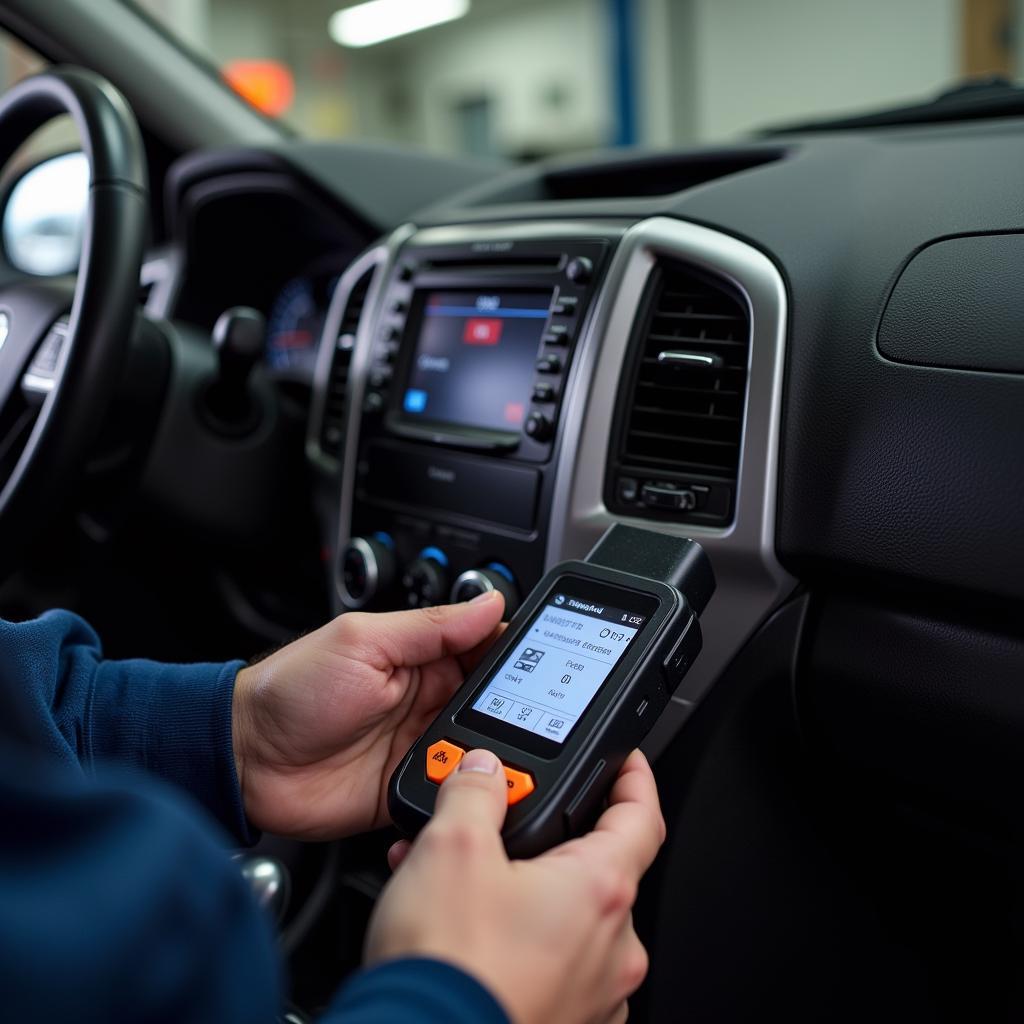A non-functional car heater blower in the middle of winter can make for a miserable driving experience. Before you bundle up in layers or brave the cold, it’s important to understand what’s causing the issue. While some problems are simple fixes, others might require a professional car diagnostics check.
This article will guide you through the potential culprits behind a malfunctioning car heater blower and help you determine whether a diagnostic test is necessary.
Common Reasons Your Car Heater Blower Isn’t Working
There are several reasons why your car heater blower might have stopped working, ranging from minor issues to more complex problems. Here are some of the most common culprits:
- Blown Fuse: Your car’s heater blower motor is protected by a fuse. If this fuse blows, the blower motor won’t receive power. Luckily, this is usually a cheap and easy fix.
- Faulty Blower Motor Resistor: The blower motor resistor regulates the fan speed. If it fails, the blower motor might only work on certain settings or not at all.
- Malfunctioning Blower Motor: The blower motor itself can wear out over time. Symptoms of a failing blower motor include strange noises coming from the dashboard or a blower that works intermittently.
- Electrical Issues: Problems with the wiring, connectors, or switches in the heater blower circuit can disrupt the flow of power and prevent the blower from operating.
- Heater Control Panel Issues: The buttons or knobs on your heater control panel could be faulty, preventing you from adjusting the blower speed or turning it on.
- Low Coolant Level: While it might seem unrelated, low coolant levels can also affect your heater blower. The coolant regulates the temperature of the air blown into the cabin, and a shortage can lead to a range of heating issues.
When Car Diagnostics Can Help
In some cases, pinpointing the exact cause of a malfunctioning car heater blower can be tricky without the help of a diagnostic tool. If a visual inspection and basic troubleshooting haven’t revealed the culprit, a car diagnostic test can be incredibly valuable. Here’s why:
- Accurate Fault Identification: Diagnostic tools can communicate with your car’s computer system, retrieving stored trouble codes that pinpoint the source of the problem. This eliminates guesswork and saves you time and money on unnecessary repairs.
- Complex Electrical Issues: If the problem lies within the car’s electrical system, diagnosing the issue without specialized equipment can be challenging. Car diagnostics can effectively identify shorts, open circuits, and other electrical faults.
- Intermittent Problems: If your car heater blower works intermittently, it can be difficult to diagnose the problem as it’s not constantly present. A diagnostic tool can capture and store data even when the issue is not actively occurring, making diagnosis easier.
 Car Diagnostic Test for Heater
Car Diagnostic Test for Heater
Do You Absolutely Need Diagnostics?
While car diagnostics can be extremely helpful in identifying the root cause of a car heater blower issue, they might not always be absolutely necessary.
You might be able to skip the diagnostic test if:
- The problem is obvious: For example, if you find a blown fuse related to the heater blower, replacing it might solve the issue.
- You’re comfortable with DIY repairs: If you have experience with car maintenance and have a good understanding of your car’s heating and electrical systems, you might be able to diagnose and fix the problem yourself.
However, it’s important to remember that:
- Guessing can be costly: Replacing parts without a proper diagnosis can lead to unnecessary expenses if the real issue goes unaddressed.
- Some repairs are best left to professionals: If you’re uncomfortable working with electrical components or suspect a more complex problem, it’s always best to consult a qualified mechanic.
Getting Your Car Heater Back in Action
Whether you choose to tackle the problem yourself or seek professional help, a car diagnostic test can be an invaluable tool in identifying and resolving car heater blower issues. Remember, staying warm and comfortable during colder months is essential for a safe and enjoyable driving experience.

Leave a Reply